TLDR;
Most homeowners forget to notify their insurance provider, plan for waste management, and prepare a temporary living setup before renovating. These overlooked steps can lead to delays, extra costs, and major stress. Thorough preparation—down to electrical layout and post-renovation cleanup—is crucial for a smooth renovation process.
1. Strategic Planning & Design Preparation
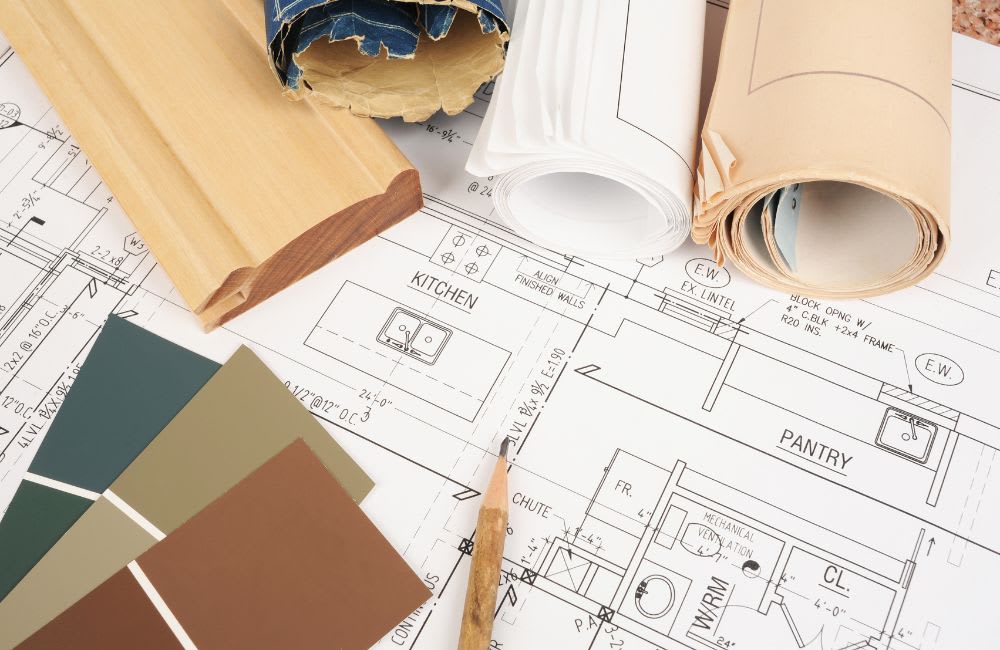
Set a Realistic Budget + Build in 10–20% Contingency
Renovation costs almost always exceed expectations.
- Always build a contingency buffer of 10–20% into your budget
- Include hidden costs: permit fees, disposal, overtime labor, storage, utility relocation
- Don’t forget taxes and shipping charges when ordering materials
Expert Tip from An Organized Life: 70% of homeowners underestimate renovation expenses. We’ve seen rushed budgets derail timelines more than once.
Create a Clear Vision: Lifestyle & Future Needs
Before demolishing walls, ask: will this renovation still serve you 5–10 years from now?
- Consider mobility (aging in place), future family size, remote work
- Think through how each space will function daily
- Map your “lifestyle flow”—kitchen traffic, laundry access, closet reachability
Professional home organizing can help clarify your needs and streamline this planning phase.
Hire an Architect or Designer for Structural Input
You might not need a full design firm, but having a professional eye prevents costly missteps:
- Identify load-bearing walls and HVAC conflicts
- Optimize space usage—especially in older homes with quirky layouts
- Review blueprints with pros to avoid “design regrets”
2. Permits, Codes & Insurance Updates
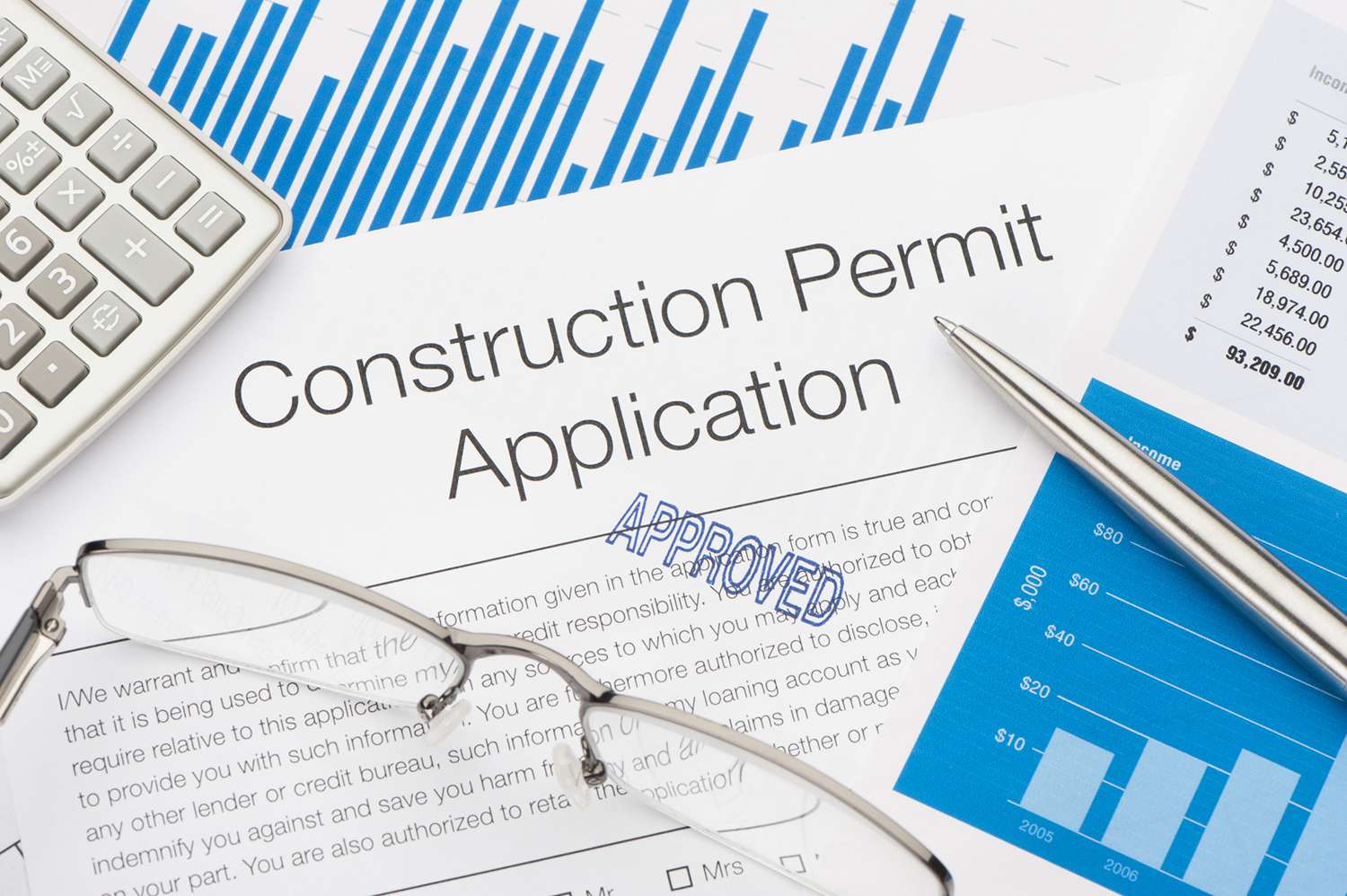
Research & Secure Required Building Permits
Skipping permits can stop your project cold.
- Check with your city or municipality for permit needs
- Projects like electrical, plumbing, and structural changes almost always require them
- Unpermitted work can affect future resale value
Consult with Local Building Department
Your area may have specific codes—don’t guess.
- Understand zoning laws, historical district restrictions, and fire codes
- Ensure all changes meet egress requirements, safety clearances, etc.
Notify Your Home Insurance Provider of Planned Changes
This step is commonly forgotten.
- Renovations can affect your policy’s coverage and value
- Some insurers require notification before work begins
- Failure to notify can void claims related to construction damage
3. Selecting the Right Contractor Team
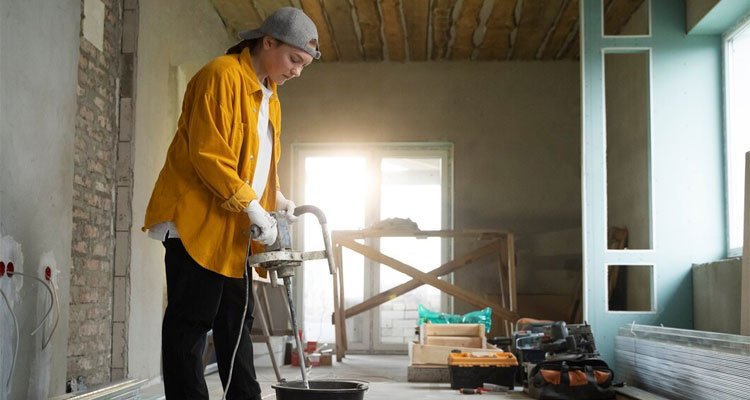
Vet Multiple Contractors: References & Portfolios
Don’t go with the first name you hear.
- Ask for at least 3 quotes
- Speak to past clients directly—ask about communication, follow-through, and cleanup
- Review completed projects in person or via photo gallery
Avoid “Lowest Bid” Pitfall; Agreement in Scope & Communication
A low quote often hides shortcuts or vague scope.
- Get a detailed, line-item scope of work
- Clarify who handles permits, materials, cleanup
- Establish preferred communication method and update frequency
Define Responsibilities: Project Management vs. DIY Tasks
Split duties clearly to avoid confusion.
- Will you be sourcing fixtures or will your contractor?
- Who’s handling city inspections?
- If you’re managing the project, get familiar with construction timelines
4. Infrastructure & Functional Layouts
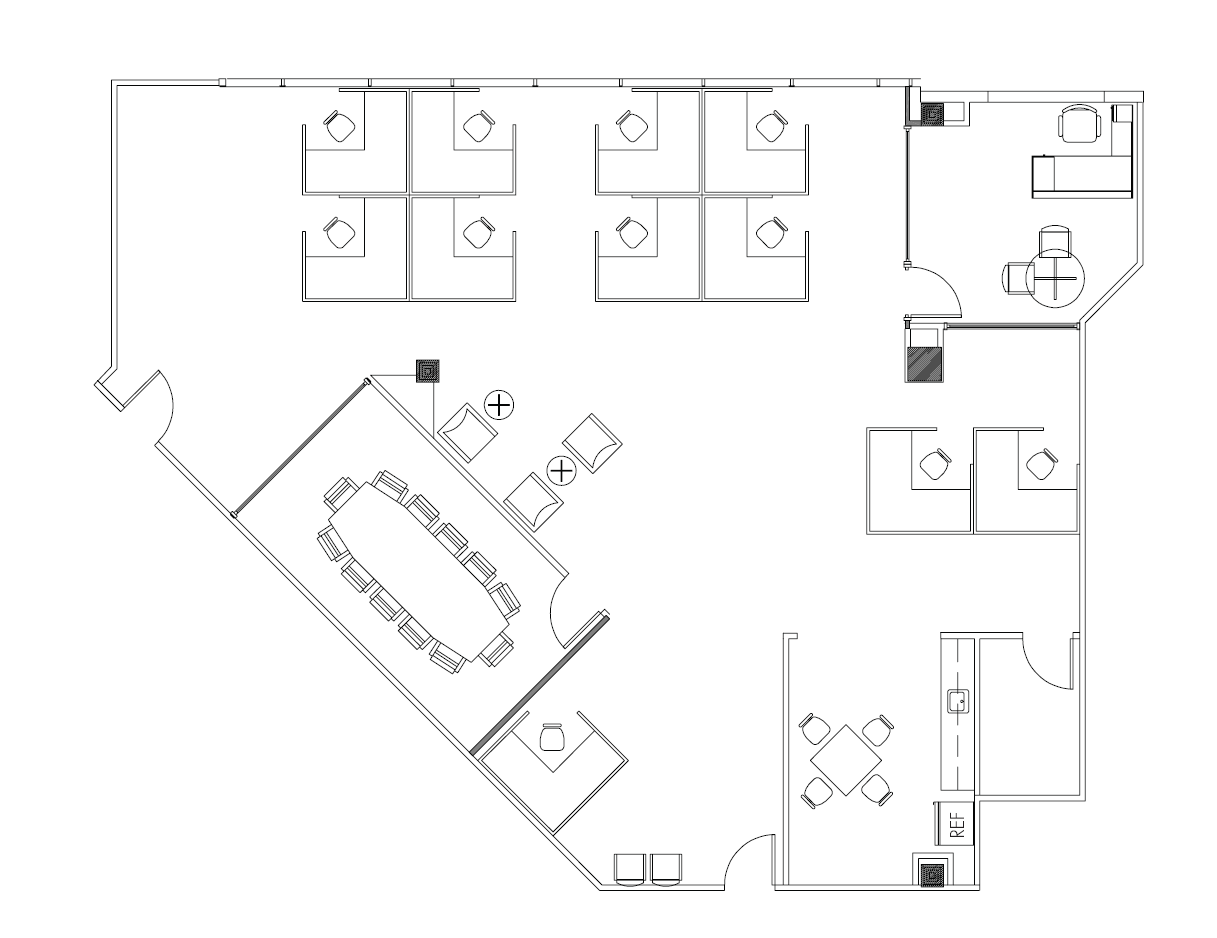
Plan Electrical Outlets, Lighting & Power Zones
One of the most frustrating mistakes is not having enough outlets.
- Decide where you’ll need power for appliances, charging stations, lighting
- Add more than you think you need—especially in kitchens and home offices
- Plan for smart home tech or future upgrades
Design for Long-Term Functionality & Storage Needs
Think beyond open space.
- Where will cleaning tools go? Where does the vacuum dock?
- Include hidden storage—under stairs, within islands, behind mirrors
- Add mudrooms or drop zones to prevent clutter from piling up
Include Soundproofing, Ventilation & Airflow Planning
These are rarely addressed but hugely impactful.
- Add insulation between floors or bedrooms for sound dampening
- Ensure proper airflow in bathrooms, kitchens, and laundry rooms
- Consider air purifiers or HVAC upgrades during construction
Plan for Waste Management & Dumpster Logistics
Don’t let debris derail your driveway.
- Reserve dumpster or disposal bins ahead of time
- Check local ordinances for where you can place them
- Schedule pickups in phases if your renovation spans weeks
5. Materials & Timing Logistics
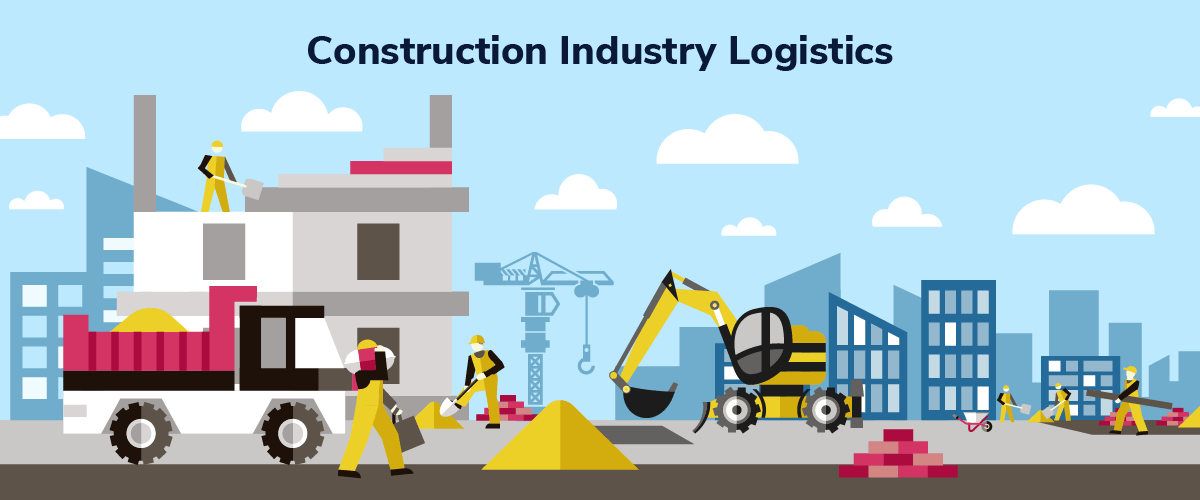
Order Materials Early to Avoid Backorders
Supply chains are still unpredictable.
- Source tile, flooring, cabinets, and hardware early
- Double-check delivery lead times—some custom items take 12+ weeks
- Confirm with your contractor what needs to be on-site first
Keep 20% Extra Materials for Damage or Variations
Miscalculations happen.
- Tile patterns may vary from batch to batch
- Wood warps—have backups
- Paint touchups will be easier with extra cans from the original batch
Schedule Buffer Time for Delays & Inspections
Inspections rarely happen on time.
- Expect delays in approvals, materials, and subcontractor scheduling
- Build in a 2–3 week buffer for longer renovations
- Be flexible with your move-in or reentry date
6. Safety, Structural & Inspection Readiness
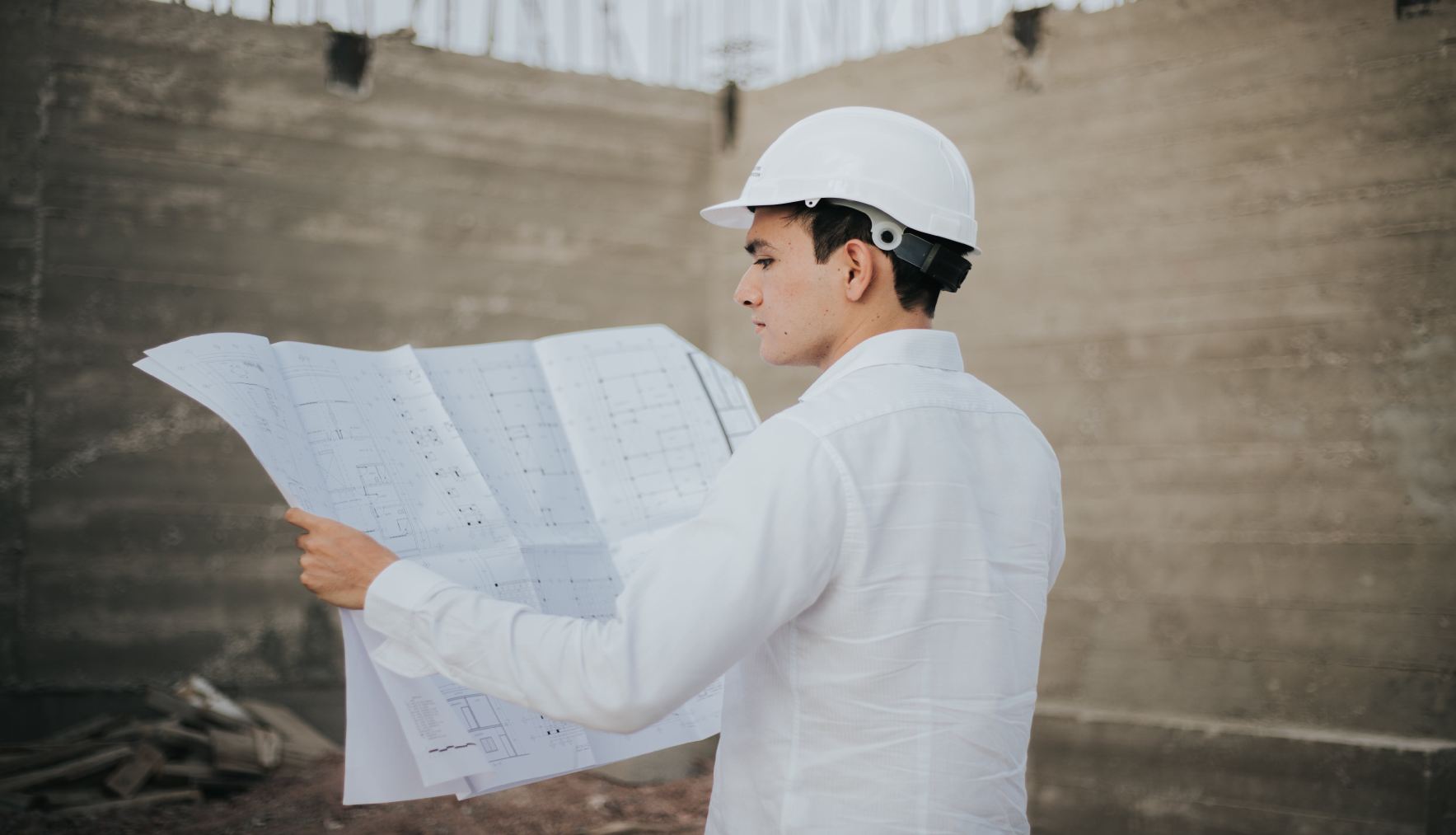
Get Pre-Renovation Structural Inspection
Especially important in older homes.
- Check for rot, termite damage, sagging foundations
- Confirm your structure can support added weight (e.g. stone countertops or extra floors)
- Identify hidden damage before it becomes a surprise
Schedule Required Inspections During Key Phases
Missing inspections can cause rework.
- Electrical, plumbing, and framing inspections often needed
- Plan inspections into your timeline
- Coordinate with contractor to stay compliant
Address Lead Paint & Hazard Materials in Older Homes
Health risks are real.
- Homes built before 1978 may contain lead paint or asbestos
- Use certified professionals for removal
- Keep kids and pets away during mitigation
7. Living Arrangements & Temporary Setup
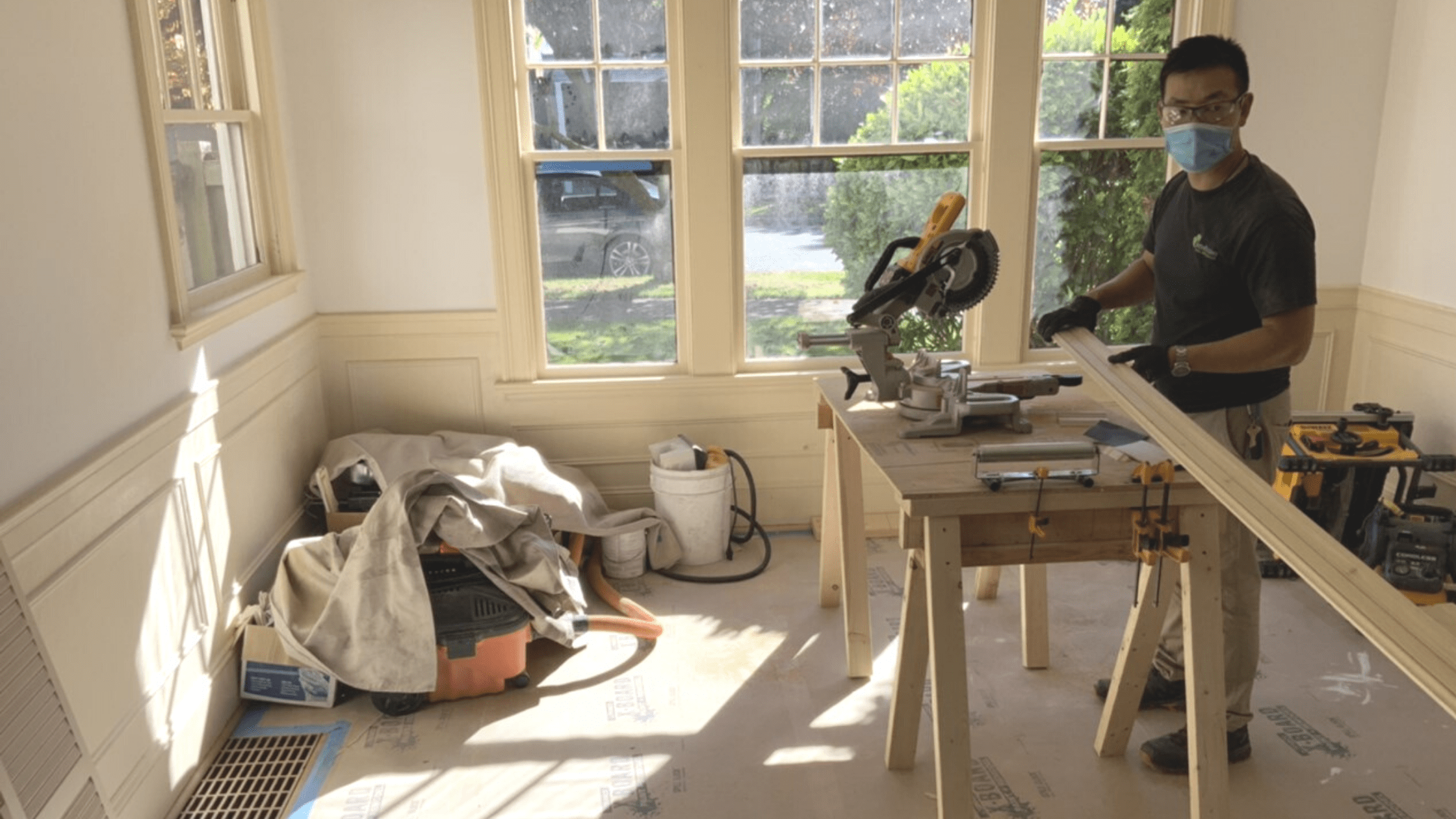
Plan How You’ll Live During Renovation
You can’t cook dinner in a gutted kitchen.
- Can you stay in part of the home?
- Will you rent short-term housing?
- Will noise or dust impact remote work or kids’ schooling?
Set Up Drop Zones, Protected Zones & Temporary Kitchens/Baths
Stay sane by staying organized.
- Protect valuables and set aside essentials
- Use labeled bins to track items removed from construction zones
- Create a mini-kitchen with a microwave, coffee maker, and cooler
If you’re unsure how to structure your space during this time, check out these home renovation organization tips to keep everything functional and chaos-free while work is underway.
Noise, Dust, Safety Protocols On-Site
Construction is disruptive—prepare accordingly.
- Hang plastic sheeting between zones
- Use HEPA filters or air purifiers
- Communicate safety rules to kids and visitors
8. Post-Renovation Coordination & Cleanup
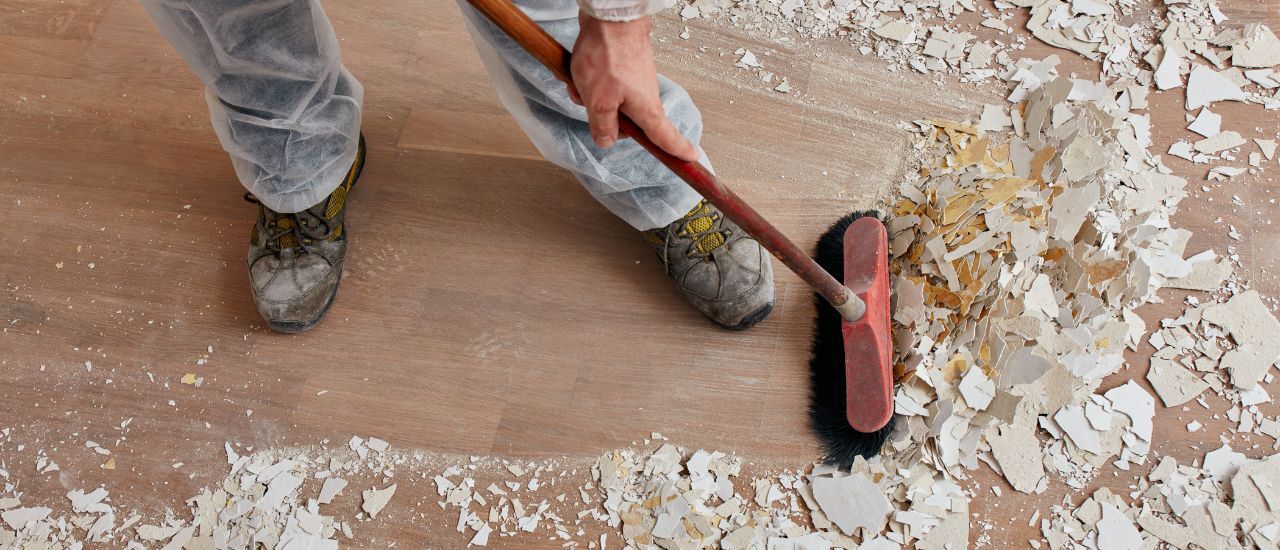
Deep Cleaning, Final Inspections & Move-Back Coordination
You’ll need more than a vacuum.
- Hire a post-construction cleaning crew if possible
- Do a full walkthrough with the contractor before final payment
- Test all new fixtures and appliances
Document Completed Work for Insurance & Resale
Keep a paper trail.
- Take photos of before-and-after
- Save permits, inspection reports, and warranties
- Ask for a final itemized invoice detailing all work done
Ongoing Maintenance: Sealing, Warranty Tracking, Compliance
A renovation isn’t “done” when the dust settles.
- Schedule grout or countertop sealing as needed
- Track warranty deadlines for appliances or finishes
- Update your homeowner’s insurance policy again with new value
9. Sustainability & Future-Proofing Your Renovation

Repurpose Existing Materials & Reduce Waste
Go green without going broke.
- Reuse cabinets, bricks, fixtures when possible
- Donate usable items to Habitat for Humanity or similar groups
- Ask your contractor about low-VOC paints and sustainable materials
Incorporate Energy-Efficient Solutions
Save money long-term.
- Upgrade insulation, windows, and HVAC
- Consider solar panels or tankless water heaters
- Install LED lighting and motion sensors
Plan for Flexible Upgrades That Adapt Over Time
Think modular, not fixed.
- Use furniture and fixtures that can shift with lifestyle changes
- Install outlets with USB-C compatibility and future tech in mind
- Leave access panels for plumbing/electrical behind walls when possible
